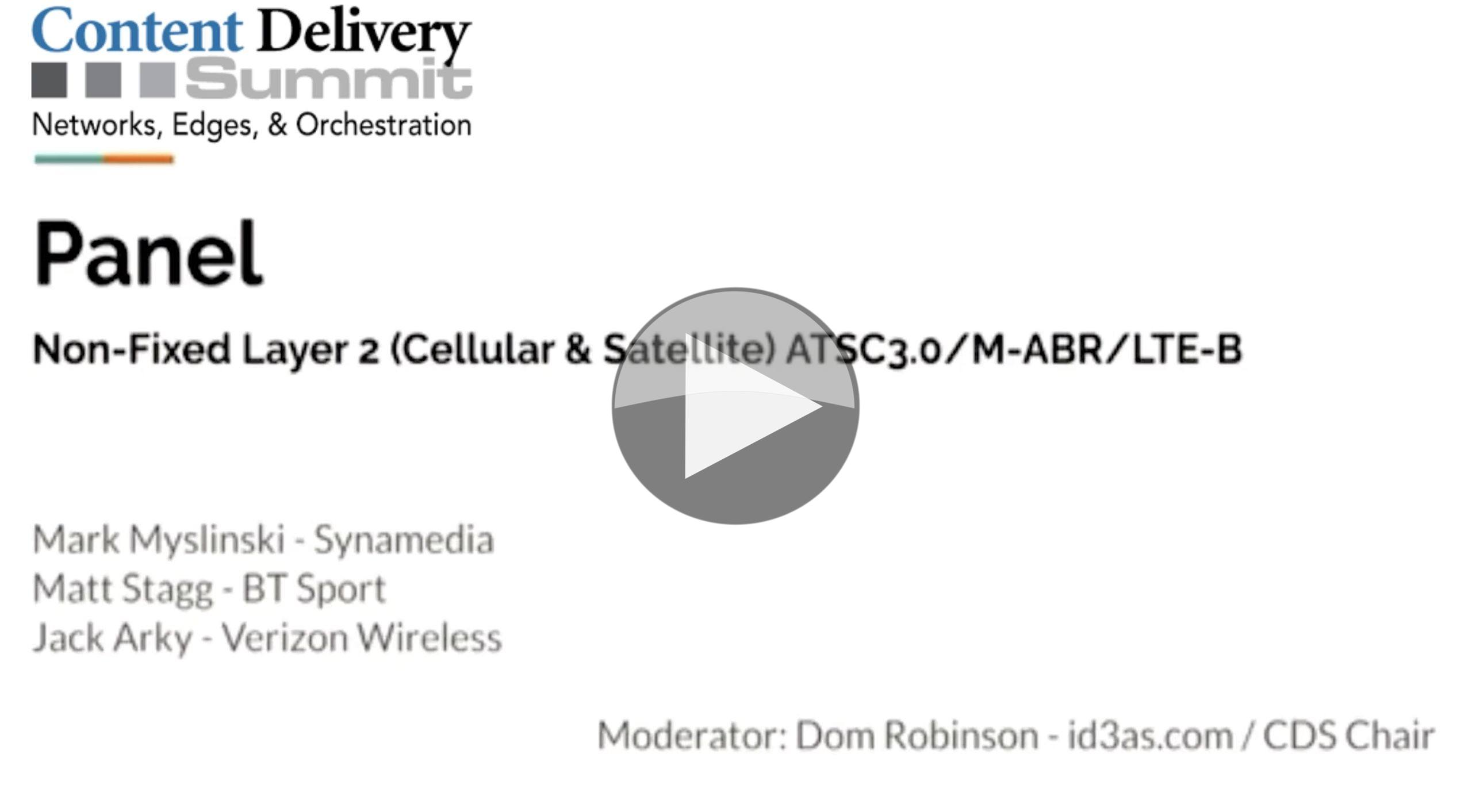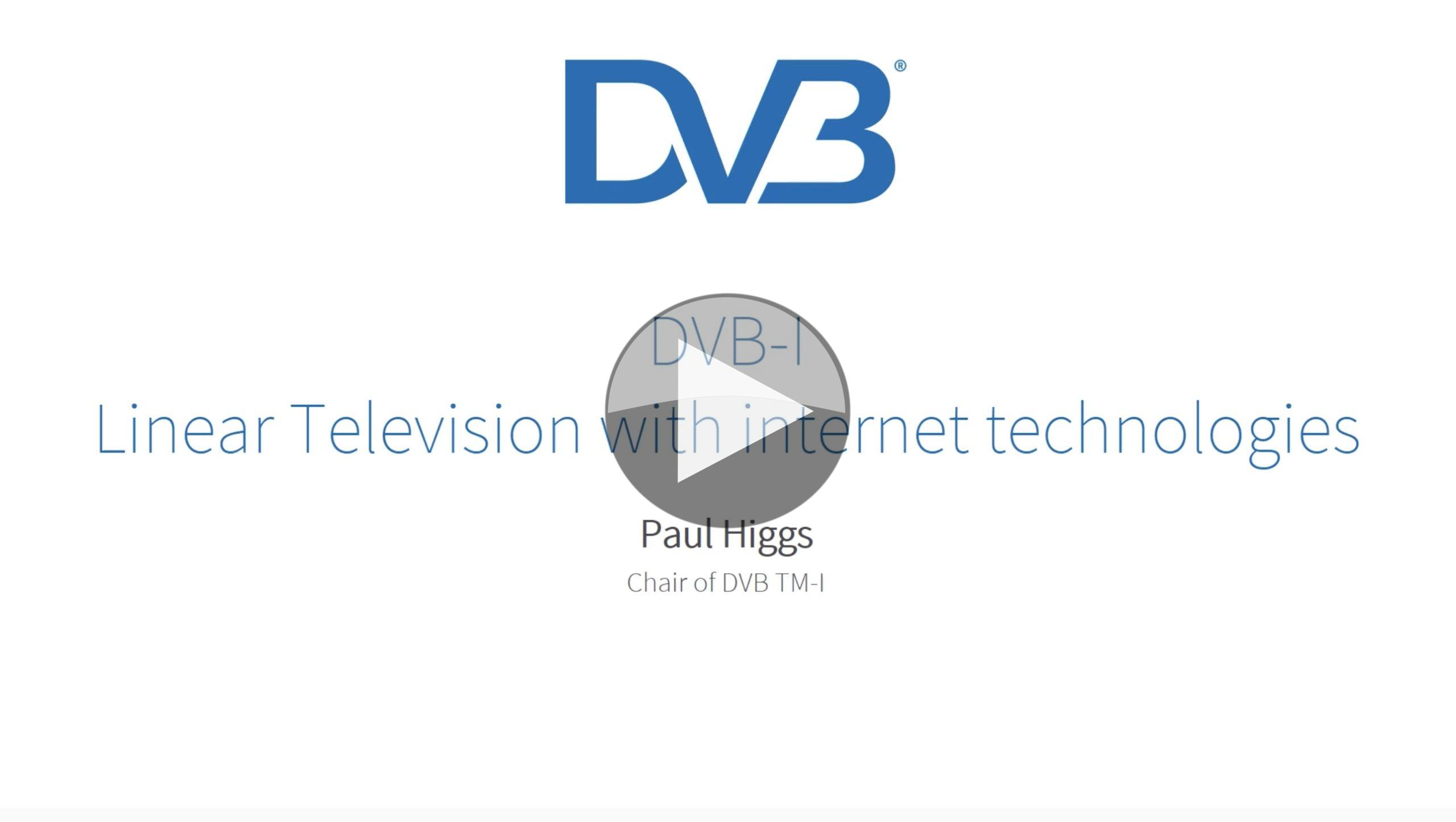So it turns out that simply having an .mp4 file isn’t enough for low-latency streaming. In fact, for low latency streaming, MP4s work well, but for very fast start times, there’s optimisation work to be done.
Unified Streaming’s Boy van Dijk refers to how mp4s are put together (AKA ISO BMFF) to explain how just restructuring the data can speed up your time-to-play.
Part of the motivation to optimise is the financial motivation to store media on Amazon’s S3 which is relatively cheap and can deal with a decent amount of throughput. This costs latency, however. The way to work around this, explains Boy, is to bring the metadata out of the media so you can cache it separately and, if possible, elsewhere. Within the spec is the ability to bring the index information out of the original media and into a separate file called the dref, the Data Reference box.
Boy explains that by working statelessly, we can see why latency is reduced. Typically three requests would be needed, but we can save those if we just make one, moreover, stateless architectures scale better.
The longtail of your video library is affected most by this technique as it is, by proportion, the largest part, but gets the least requests. Storing the metadata closer, or in faster storage ca vastly reduce startup times. DREF files point to media data allowing a system to bring that closer. For a just-in-time packaging system, drefs works as a middle-man. The beauty is that a DREF for a film is only a few 10s of MB for a film of many gigabytes.
Unified Origin, for different tests, saw reductions of 1160ms->15, 185ms->13 and 240ms->160ms. Depending on what exactly was being tested which Boy explains in the talk in more detail. Overall they have shown that there’s a non-trivial improvement in startup delay.
Watch now!
Download a detailed presentation
Speaker
 |
Boy van Dijk Streaming Solutions Engineer, Unified Streaming |











